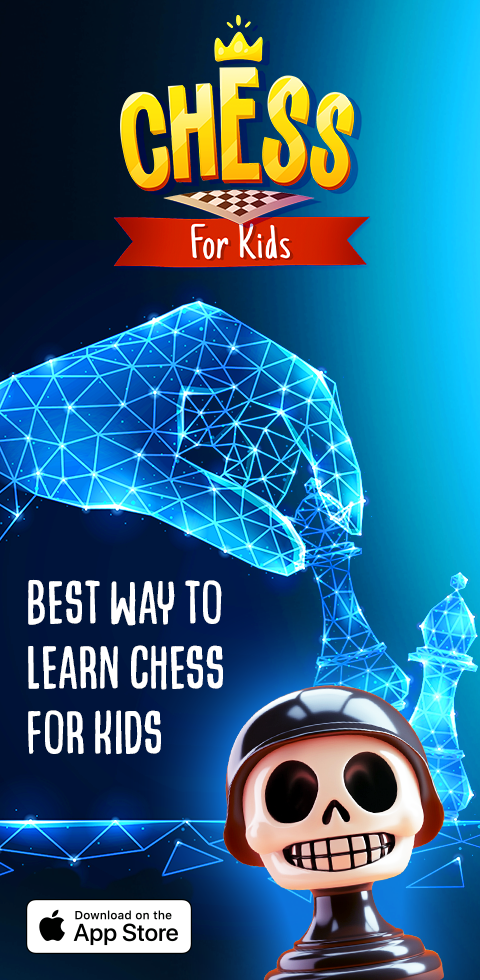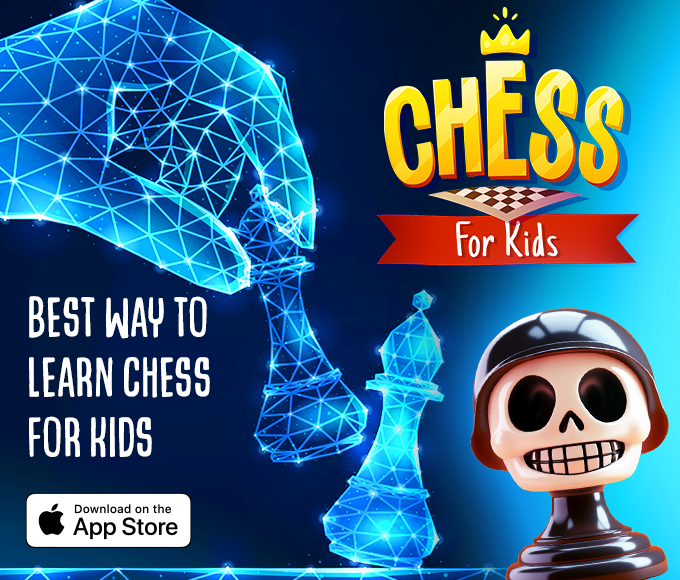The 5 Senses Worksheets for Ages 5-9
14 filtered results
-
From - To
Explore the fascinating world of the five senses with our engaging worksheets designed for children ages 5-9! Perfect for early grade teachers and parents, these fun and educational resources help young learners develop a deeper understanding of their sensory experiences. From identifying smells to exploring textures and sounds, our worksheets encourage creativity and critical thinking. Each activity is aligned with early science standards, making learning enjoyable and interactive. Stimulate curiosity and enhance sensory awareness in your classroom or at home with these delightful worksheets. Download them today and watch your child discover the magic of their five senses!
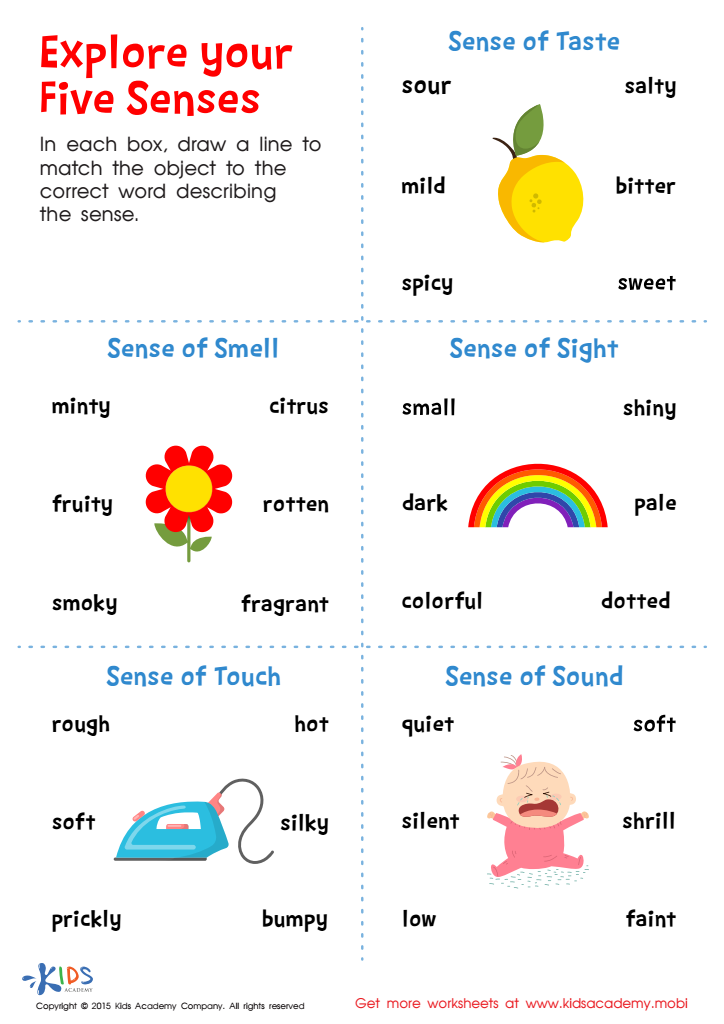

Explore Your Five Senses Printable


Matter: Assessment 1 Worksheet
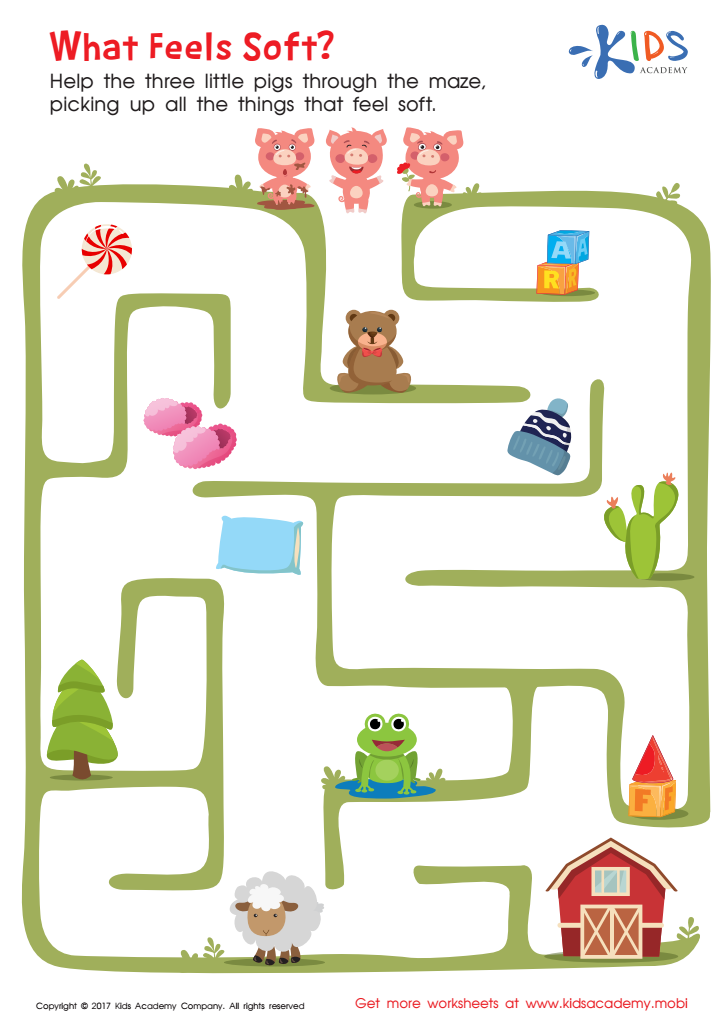

What Feels Soft Printable
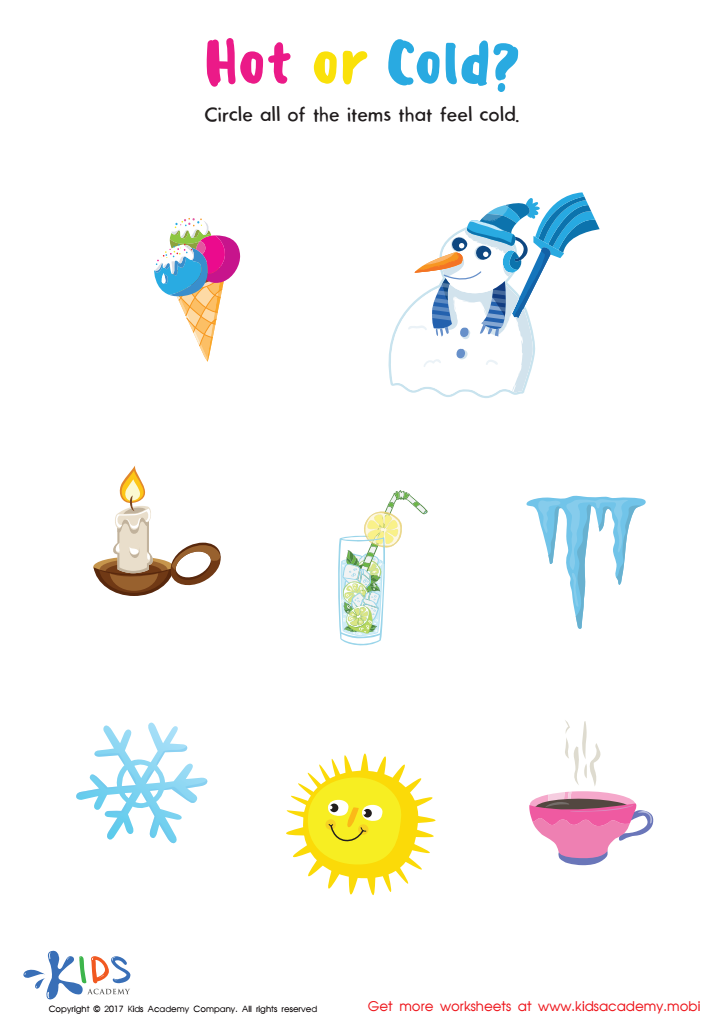

Hot or Cold Printable


Observing Properties Worksheet


Can You Hear Me Worksheet
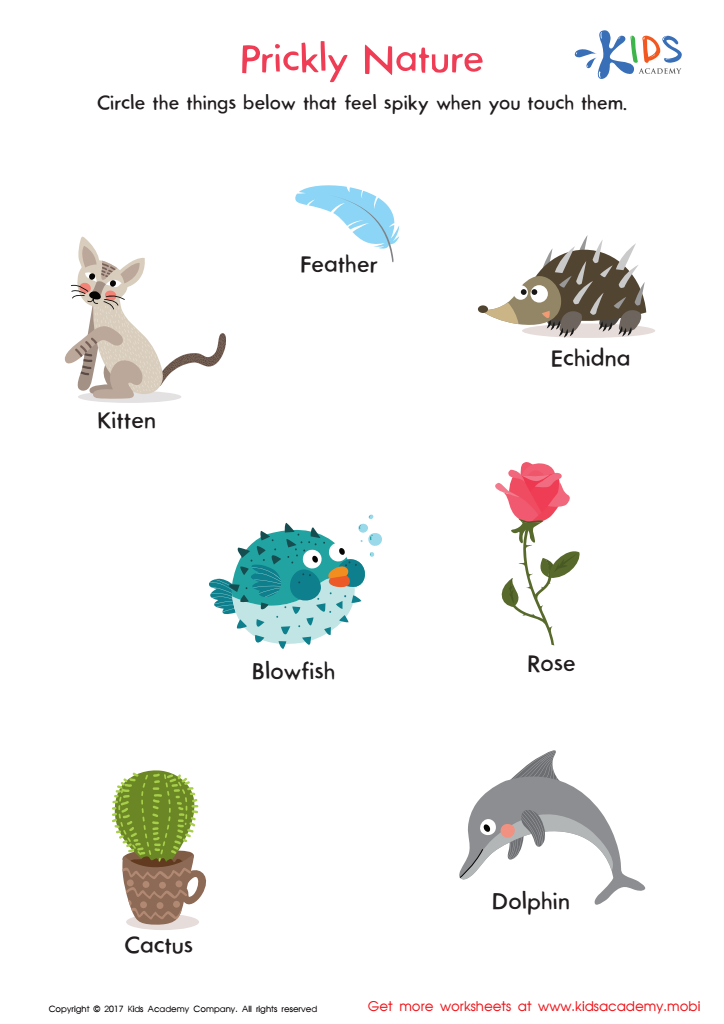

Prickly Nature Worksheet
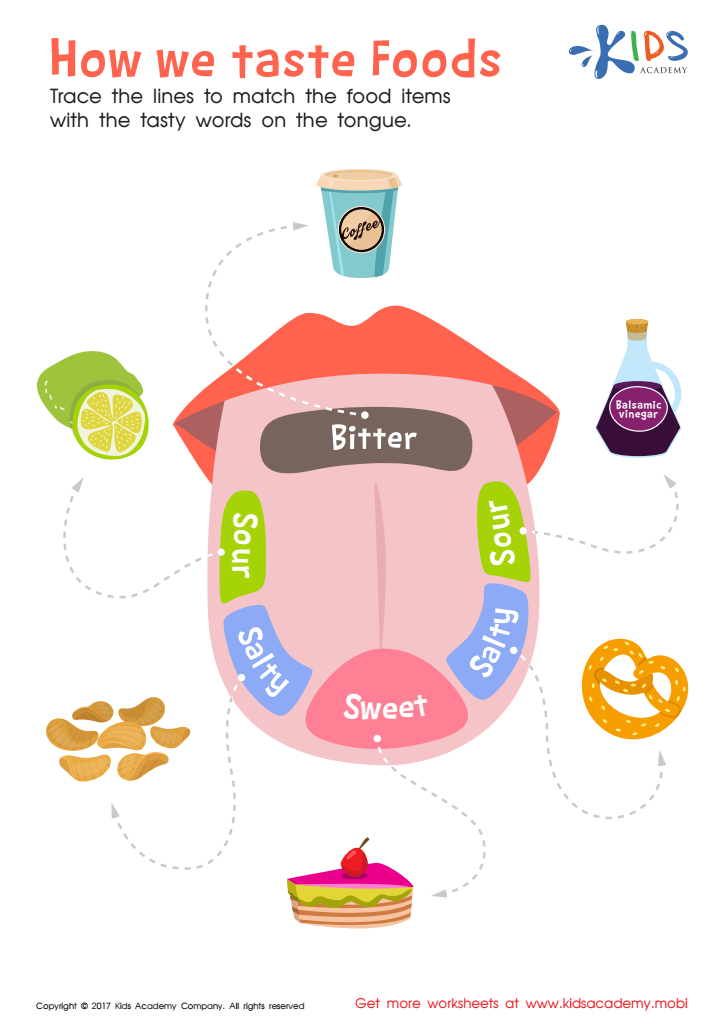

How We Taste Foods Worksheet
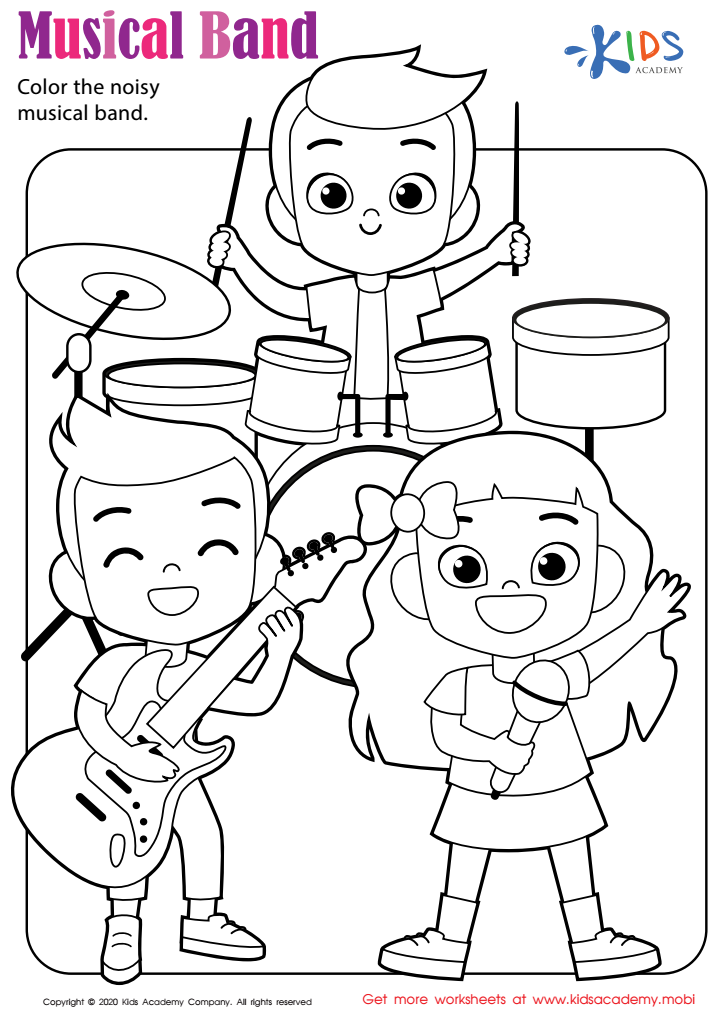

Musical Band Worksheet
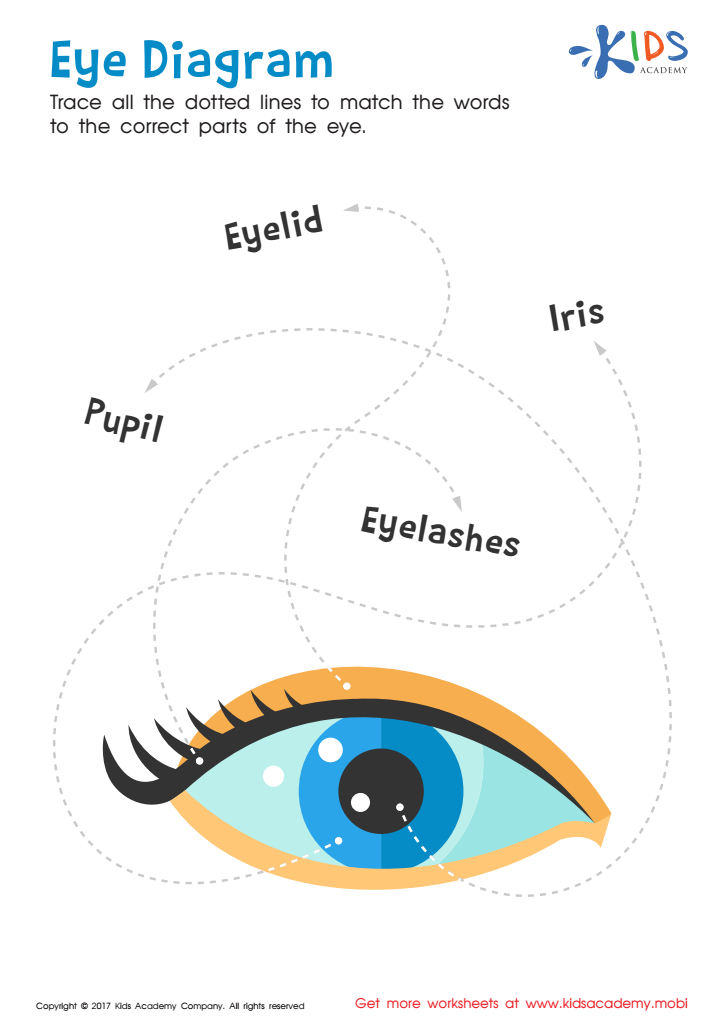

Eye Diagram Printable
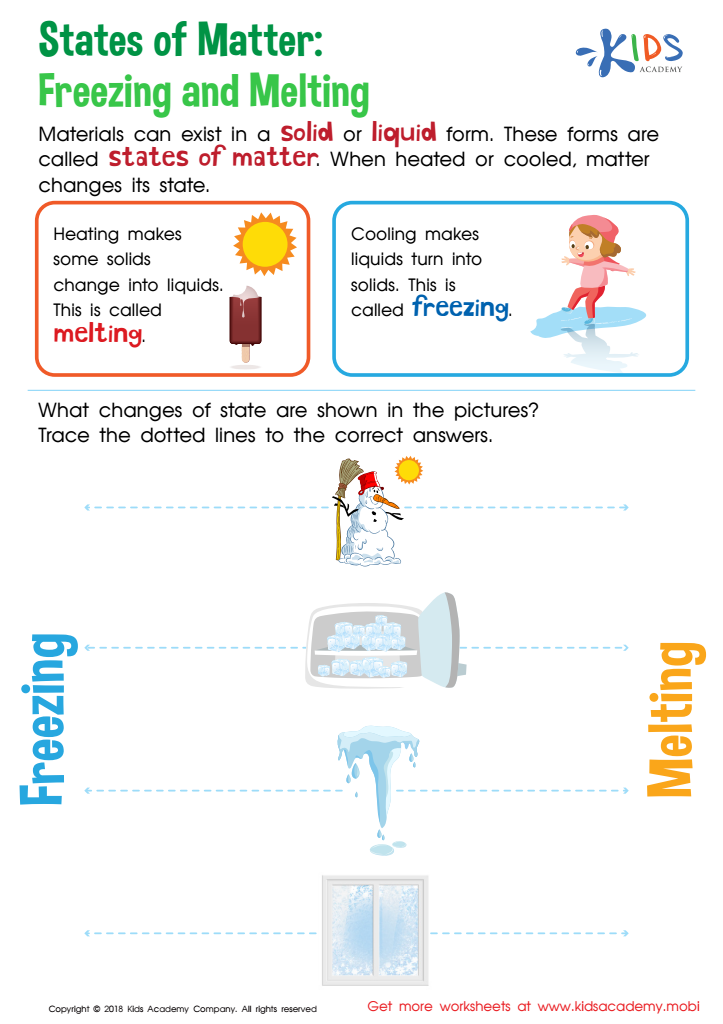

States of Matter: Freezing and Melting Worksheet
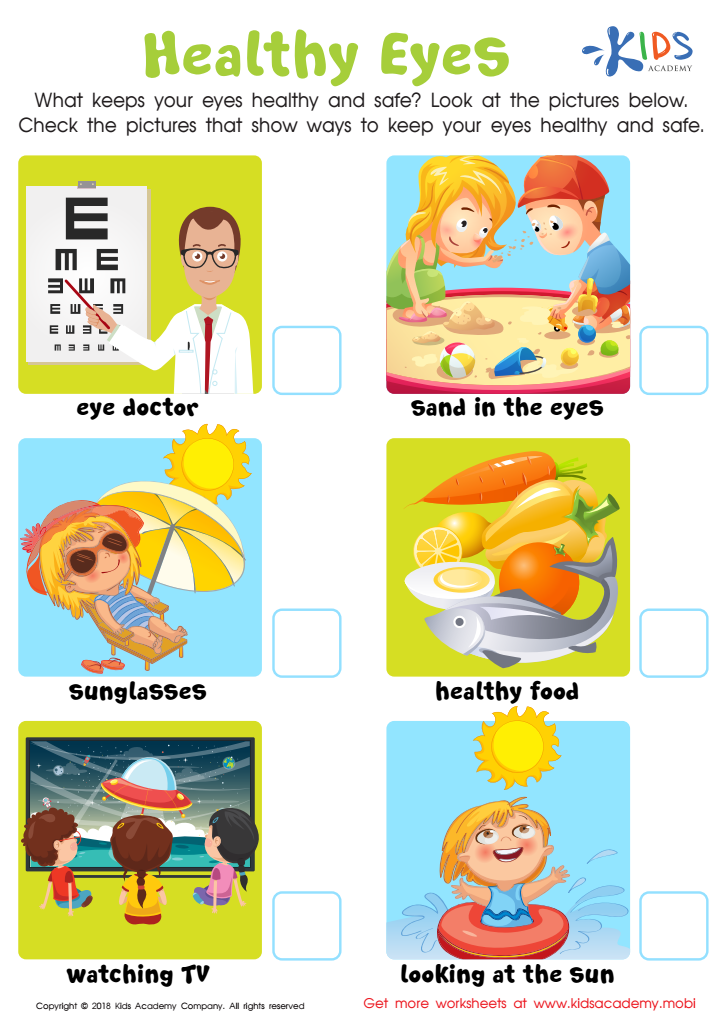

Healthy Eyes Worksheet
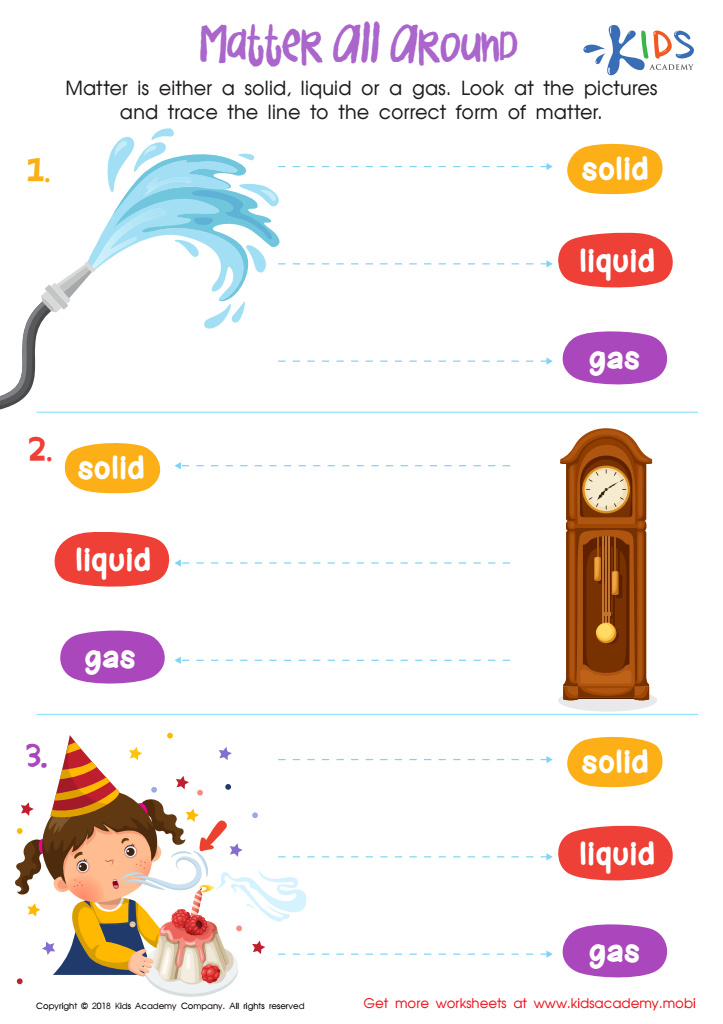

Matter all Around Worksheet
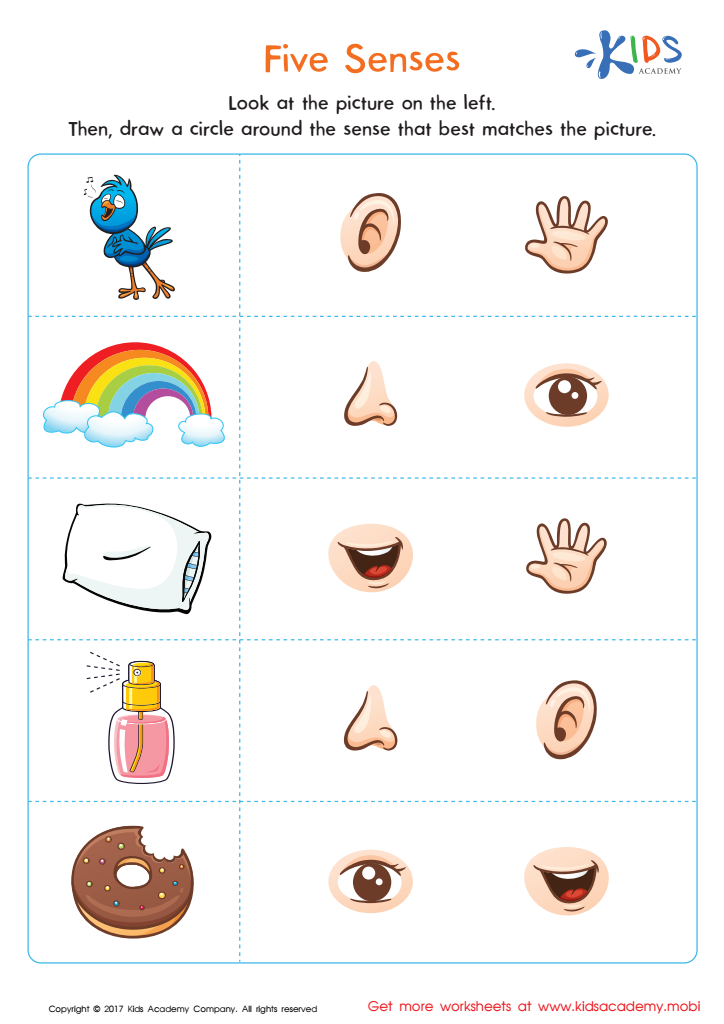

Five Senses Printable
Understanding the five senses—sight, hearing, touch, taste, and smell—is vital for children ages 5-9 as it directly impacts their development and learning experiences. During this formative period, children's sensory skills are closely linked to cognitive, social, and emotional development. Engaging their senses enhances their ability to explore and understand the world around them, fostering curiosity and critical thinking.
In the classroom, teachers can promote sensory exploration through hands-on activities, helping students make connections between what they learn and their lived experiences. This method supports varied learning styles and encourages participation, enhancing communication and collaboration among peers.
Parents can also support sensory development at home by creating environments that stimulate their children's senses—like cooking, spending time outdoors, or engaging in art—which fosters creative expression and cognitive growth.
Furthermore, strong sensory skills can influence children’s social interactions and emotional regulation; for instance, sensory play reduces anxiety and helps with establishing focus. By supporting the development of the five senses, both parents and teachers equip children with essential tools for lifelong learning, problem-solving, and emotional health, ultimately nurturing well-rounded individuals ready to face the world confidently.
 Assign to My Students
Assign to My Students

